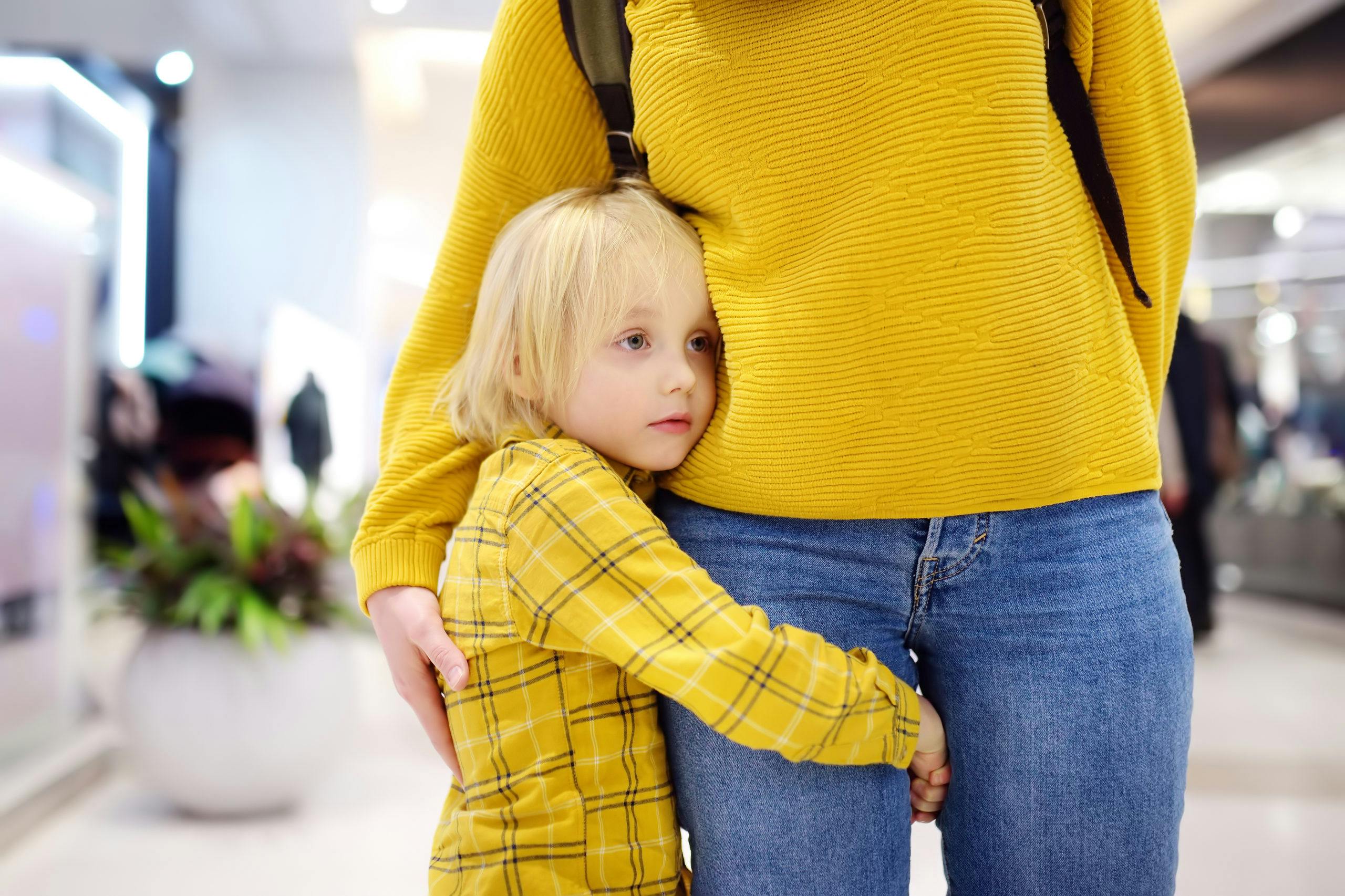The parent trap over separation anxiety
Most people find saying goodbye very difficult, and we learn to cope in different ways, writes Maša Karleuša Valkanou, a systemic family psychotherapist with the Thrive Wellbeing Centre.
However, once we become parents, we might experience the fear of separation as we again relive the symbiotic bond specific to the infant-parent relationship. Although separation anxiety in children between nine months and four years old is expectable, parents’ unresolved separation struggles can complicate a child’s developmental stage. This can lead to serious separation anxiety issues that could take a less favourable path in a child’s psychological development.
Most parents, especially mothers, will find it difficult to leave their babies for more than a few hours. Behind this feeling is a biological function, as babies are not meant to be left without their primary caregiver. Human offspring cannot survive on its own, and the biology of the parent-infant relationship is in tune to increase the chances of infant survival. In the first year of babies’ lives, the primal caregiver, usually the mother, and the baby are connected to symbiotic systems with shared functions.
Why do healthy children feel separation anxiety?
Anxiety is a natural response to separation from the parent and is a function of age. Human offspring is not different from other species; primates and birds especially. The child will be attached to an adult and to only one favourite adult that cannot be replaced.
What does separation anxiety look like?
A psychologically healthy child (one to four years old) that has a good relationship with their parent will commonly show a predictable sequence of behaviour when their parent is waving goodbye (going to work, getting them to the day care, etc.). This sequence has three phases – protest, despair, and detachment.
Separation anxiety phase 1
In the protest phase, the child will cry loudly, ask for their parent, throw themselves around, show anger and rejection of other people, or cling desperately to the person who is present. In this phase, the child expects the parent to return (last from a few hours to a week or more).
Separation anxiety phase 2
In prolonged separation (more than a week approximately), the next phase is despair; the child is hopeless, physically inactive, may cry monotonously, be withdrawn, and in a state of deep mourning.
Separation anxiety phase 3
The third phase is detachment, which looks like a child has recovered, accepts other people’s care, food, toys, and interaction, and may even smile and be sociable. If in this phase, when the parent returns, the child will often ignore her at the beginning and not act as loving and warm as usual. If the separation continues, the small child may suffer irreversible damage, becoming just superficially attached to adults that surround them, and human contact will lose significance.
It is vital to understand here that too little and too much give the same result – developmental disorder. You have to imagine you are walking on a tightrope; the answer to healthy parenting is a delicate balance. An attachment disorder will be manifested in children in two ways, either through a child that is withdrawn, not communicating openly, and appearing as if he/she don’t need anything from their caregivers, or as a child who is over-emotional and showing separation anxiety. The reluctance to frustrate the child is probably the most harmful factor of the Millennials and Gen Zs’ parenting style, resulting in more developmental disorders than ever known in world history.

Trap number one – your child is too detached
In this case, you have to ask yourself – are you there enough for your child, whether you are emotionally available to your child, and whether you are warm enough for them to feel safe with you and to feel loved? If you think you can’t emotionally connect to your child, you need to start therapy, as emotional neglect could be detrimental to your child’s psychological development.
Trap number two – your child is showing separation anxiety
This common mistake in new-age parenting is leading to increased developmental disorders and separation anxiety being very common. A child who has an overprotective parent, running to their every need, and never leaves them alone will suffer similarly to a neglected child. The child becomes excessively clingy, and the parent, subconsciously, communicates to the child their desire that they should not leave her. This is common in cases of so-called “school phobia”. If given too much attention, the parent prolongs the phase of dependence and promotes increased separation anxiety.
When does separation anxiety step out of the “usual range,” and when do you need professional help?
If you feel your child’s separation anxiety is extreme, it is best to ask for professional help. You have to be committed to the process in which treatment is given to both child and parent. Still, prevention and intervention when a child is small will prevent severe disturbances that may manifest later. If you or your child are experiencing severe sadness or anxiety and cannot cope, it is essential to reach out and get help.
Maša Karleuša Valkanou, is a systemic family psychotherapist with the Thrive Wellbeing Centre. www.thrive.ae
